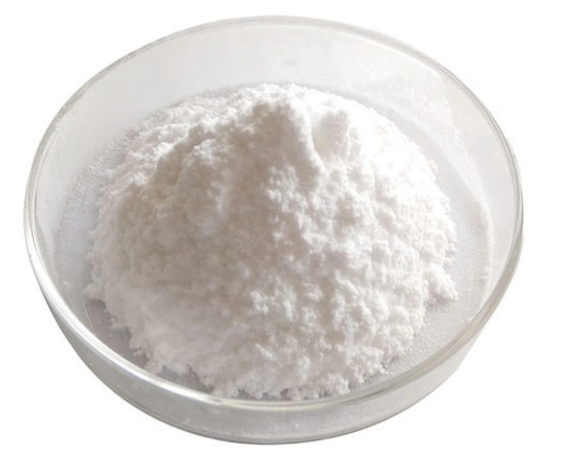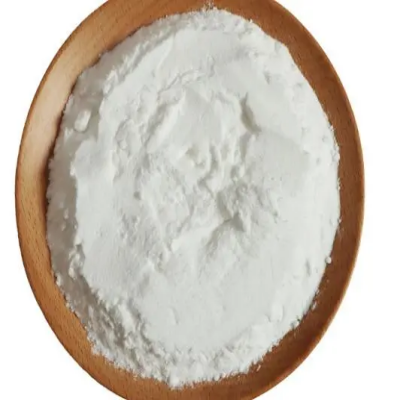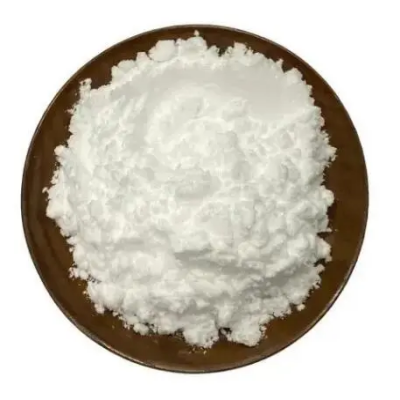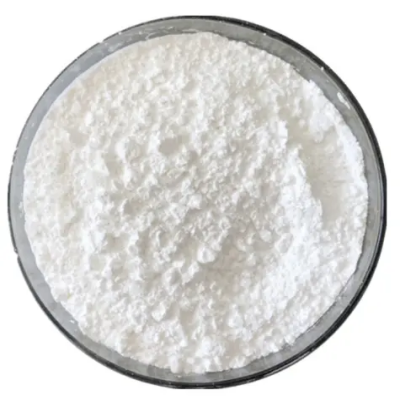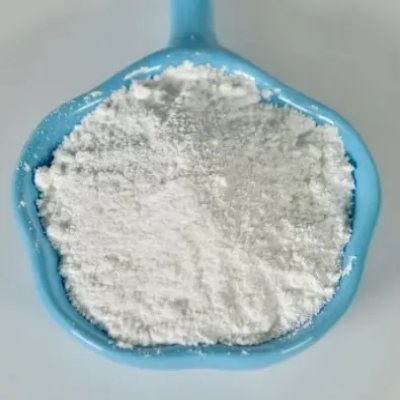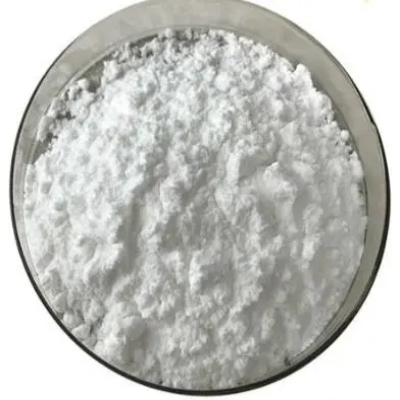Geneticin disulfate CAS:108321-42-2 Manufacturer Price
Selection of Transfected Cells: Geneticin disulfate is often used as a selectable marker in molecular biology experiments to identify and isolate cells that have successfully taken up and integrated foreign genes. This antibiotic-resistant marker gene is typically linked to the gene of interest being transferred into the cells. Transfected cells that express the antibiotic resistance gene will survive and proliferate in the presence of Geneticin disulfate, while untransfected cells will die.
Protein Synthesis Inhibition: Geneticin disulfate acts by binding to the ribosome, which disrupts protein synthesis. By inhibiting the translation process, it prevents the production of vital cellular proteins in cells that are sensitive to its effects. This antibiotic mechanism makes it an effective tool for selection of genetically modified cells.
Broad-Spectrum Antibiotic: Geneticin disulfate is effective against a broad range of gram-negative and gram-positive bacteria, as well as yeast. It is often used in cell culture to prevent bacterial and fungal contamination.
Optimization of Geneticin Concentration: The concentration of Geneticin disulfate used in experiments needs to be optimized for each specific cell line and experiment. Too high a concentration may result in toxicity, killing both transfected and non-transfected cells. Too low a concentration may allow the survival of untransfected cells, leading to background noise. It is important to determine the minimal concentration required to selectively kill non-transfected cells while allowing transfected cells to survive.
Contamination Control: Geneticin disulfate should be handled with caution as it can be toxic to humans. Proper personal protective equipment should be worn when working with this antibiotic. Additionally, it is important to follow good laboratory practices to prevent contamination of reagents, solutions, and cell cultures with Geneticin disulfate. All waste generated during the use of this antibiotic should be disposed of according to appropriate regulations.
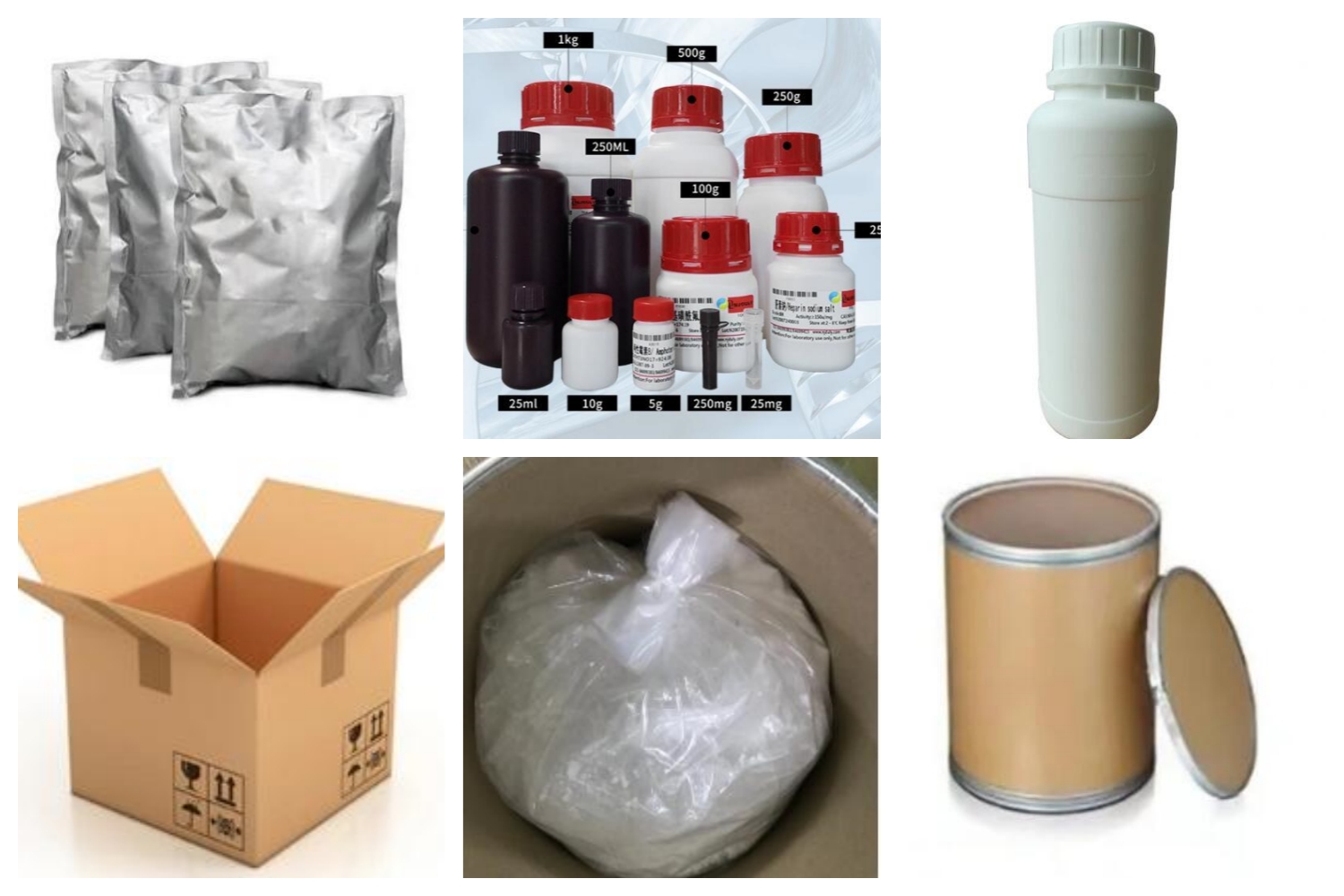
| Composition | C20H42N4O14S |
| Assay | 99% |
| Appearance | White powder |
| CAS No. | 108321-42-2 |
| Packing | Small and bulk |
| Shelf Life | 2 years |
| Storage | Store in cool and dry area |
| Certification | ISO. |


